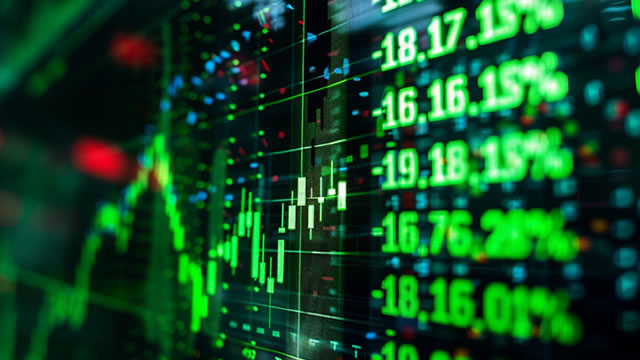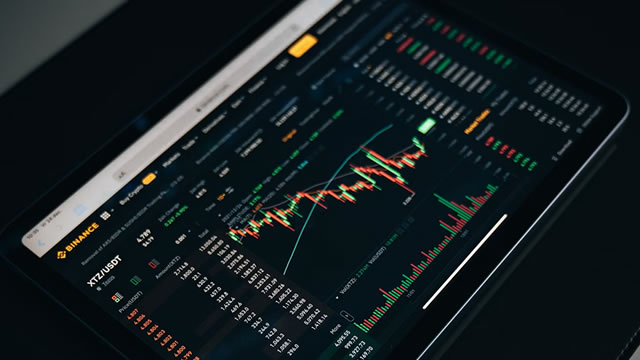The S&P 500’s Real Annual Returns: A Closer Look
Over the past decade, the S&P 500 index has delivered an average annual real return of around 10%. This figure has caught the attention of many investors, leading them to believe that they can expect similar returns in the future. However, a closer look at the underlying drivers of these returns reveals a different story.
Valuation Multiples and Profit Margins
A significant portion of the S&P 500’s returns over the past decade can be attributed to expansion in valuation multiples and profit margins. This means that investors have been willing to pay more for each dollar of earnings, and companies have been able to increase their profits relative to their sales.
Valuation multiples, also known as price-to-earnings (P/E) ratios, have been on the rise. According to FactSet data, the average P/E ratio for the S&P 500 was 16.5 in 2010 and has since increased to over 23 as of 2021. This means that investors are paying more for each dollar of earnings than they were a decade ago.
Profit margins have also expanded. According to the Federal Reserve Bank of St. Louis, the operating profit margin for the S&P 500 was 9.0% in 2010 and has since risen to over 11%. This means that companies are able to keep a larger portion of their sales as profits.
Real Sales Growth and Dividends
Despite these factors, real sales growth in the S&P 500 has only been around 2% annually over the past decade. Additionally, the dividend yield for the index has been around 1%. Based on these figures, investors should expect real annual total returns of around 3%. However, the expectation of 10% or more annual returns is not supported by these fundamentals.
Implications for Individual Investors
For individual investors, it is important to understand that the S&P 500’s past performance is not a reliable indicator of future returns. While it is natural to be optimistic about the potential for high returns, it is crucial to have realistic expectations and to build a diversified portfolio based on sound financial analysis.
One strategy for achieving this is to focus on companies with strong fundamentals, such as those with consistent earnings growth, solid balance sheets, and competitive advantages. Additionally, it is important to consider the role of valuation multiples and profit margins in the total return equation.
Implications for the World
On a larger scale, the expectation of high returns from the S&P 500 has implications for the global economy. For instance, if investors continue to pour money into stocks in search of high returns, this could lead to increased demand for assets and potentially higher asset prices. However, if expectations are not met, this could lead to disappointment and even panic selling.
Additionally, the focus on short-term returns can lead to a neglect of long-term economic fundamentals. For example, investment in research and development, education, and infrastructure may be neglected in favor of immediate returns. This could have negative consequences for economic growth and innovation in the long run.
Conclusion
In conclusion, the S&P 500’s 10% annual real returns over the past decade have been driven largely by valuation multiples and profit margin expansion, rather than sustainable growth. While it is natural to be optimistic about the potential for high returns, it is important for investors to have realistic expectations and to build a diversified portfolio based on sound financial analysis. Failure to do so could lead to disappointment and even panic selling, with potential negative consequences for both individual investors and the global economy.
- The S&P 500’s 10% annual real returns over the past decade have been driven largely by valuation multiples and profit margin expansion, rather than sustainable growth.
- Individual investors should focus on companies with strong fundamentals and build a diversified portfolio based on sound financial analysis.
- Failure to do so could lead to disappointment and even panic selling, with potential negative consequences for both individual investors and the global economy.





